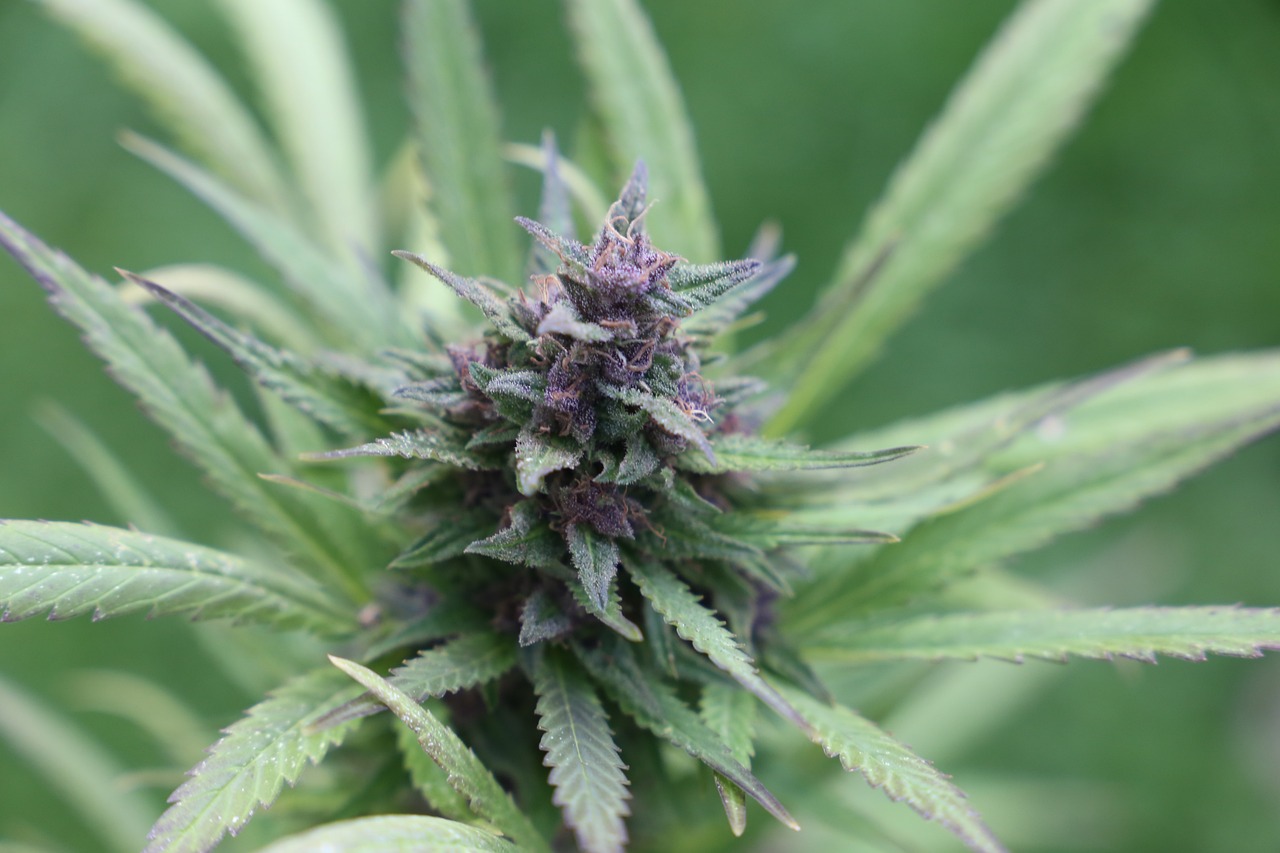The cultivation of THCA (tetrahydrocannabinolic acid) flower has gained significant attention in recent years, not only for its potential health benefits but also for the environmental impact of its production. As the demand for cannabis products continues to rise, adopting sustainable cultivation practices becomes increasingly important. This article explores eco-friendly methods for growing THCA flower consumption guidelines, providing insights into how growers can minimize their environmental footprint while maintaining high-quality yields.
Understanding THCA and Its Importance
THCA is a non-psychoactive cannabinoid found in raw cannabis plants. Unlike THC, it does not produce a high when consumed. Instead, it offers potential therapeutic benefits, including anti-inflammatory and neuroprotective properties. As consumers become more health-conscious, the demand for THCA-rich products is on the rise. This trend underscores the need for sustainable cultivation practices that can support this growing market.
Challenges in Traditional Cultivation
Traditional cannabis cultivation often involves practices that can be harmful to the environment. These include excessive water usage, reliance on chemical fertilizers and pesticides, and high energy consumption. Such methods can lead to soil degradation, water pollution, and increased carbon emissions. Addressing these challenges requires a shift towards more sustainable practices.
Water Conservation Techniques
Water is a critical resource in cannabis cultivation, and its efficient use is paramount. Growers can adopt several strategies to conserve water:
- Implementing drip irrigation systems to deliver water directly to the plant roots, reducing waste.
- Collecting and utilizing rainwater to supplement irrigation needs.
- Using mulch to retain soil moisture and reduce evaporation.
Organic Farming Practices
Organic farming eliminates the use of synthetic fertilizers and pesticides, promoting a healthier ecosystem. Key practices include:
- Utilizing compost and natural fertilizers to enrich soil health.
- Implementing crop rotation and companion planting to enhance biodiversity and pest control.
- Employing biological pest control methods, such as introducing beneficial insects.
Energy Efficiency in Cultivation
Indoor cannabis cultivation can be energy-intensive due to lighting, heating, and ventilation requirements. To reduce energy consumption, growers can:
- Switch to LED lighting, which is more energy-efficient and has a longer lifespan than traditional lighting.
- Incorporate solar panels to harness renewable energy sources.
- Optimize climate control systems to maintain ideal growing conditions with minimal energy use.
Case Studies: Successful Sustainable Cultivation
Several cannabis growers have successfully implemented sustainable practices, setting examples for the industry. One notable case is a California-based farm that transitioned to organic farming methods. By using compost and natural pest control, they reduced their environmental impact while maintaining high-quality yields.
Another example is a Canadian indoor cultivation facility that integrated solar panels and LED lighting. This approach significantly lowered their energy consumption and operational costs, demonstrating the financial benefits of sustainable practices.
The Role of Technology in Sustainable Cultivation
Advancements in technology play a pivotal role in promoting sustainable cannabis cultivation. Innovations such as precision agriculture and data analytics enable growers to monitor and optimize their operations efficiently. Key technological tools include:
- Soil sensors that provide real-time data on moisture levels, helping to prevent overwatering.
- Automated climate control systems that adjust temperature and humidity based on plant needs.
- Data analytics platforms that track plant growth and health, allowing for informed decision-making.
Community and Policy Support
Community involvement and supportive policies are essential for promoting sustainable cannabis cultivation. Local governments can incentivize eco-friendly practices through grants and tax breaks. Additionally, community education programs can raise awareness about the benefits of sustainable cultivation, encouraging more growers to adopt these methods.
Conclusion
The sustainable cultivation of THCA flower is not only beneficial for the environment but also for the long-term viability of the cannabis industry. By adopting water conservation techniques, organic farming practices, and energy-efficient methods, growers can reduce their environmental impact while meeting consumer demand for high-quality products. Successful case studies and technological advancements highlight the potential for sustainable practices to transform the industry. With community and policy support, the shift towards eco-friendly cultivation can become a widespread reality, ensuring a healthier planet for future generations.
